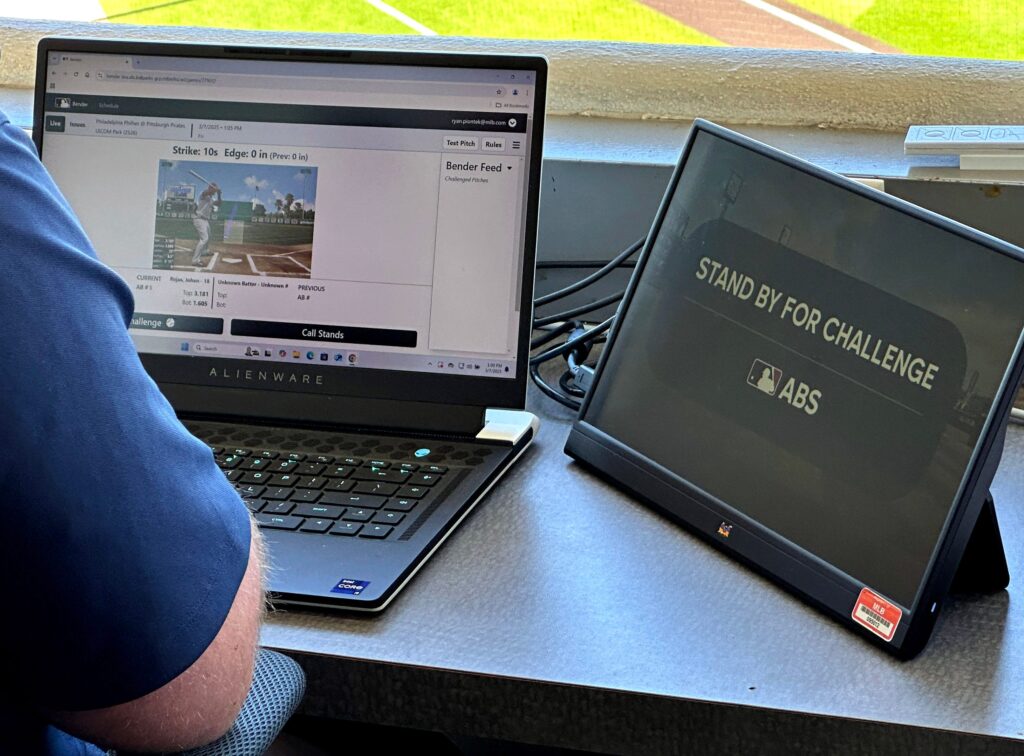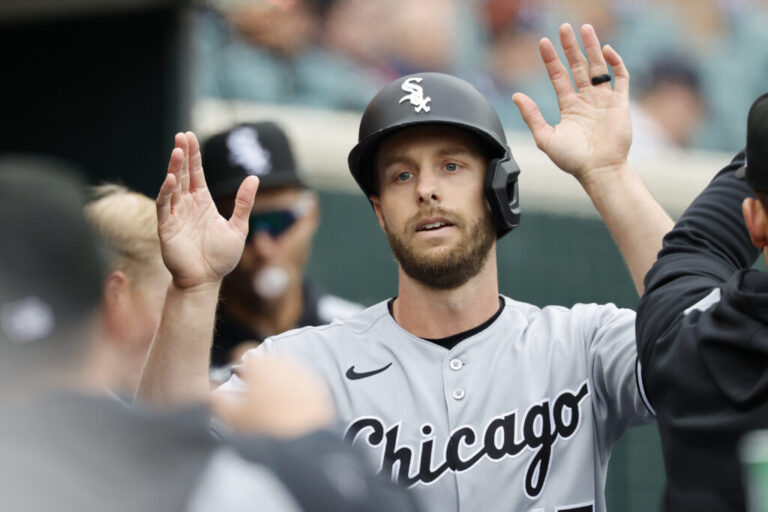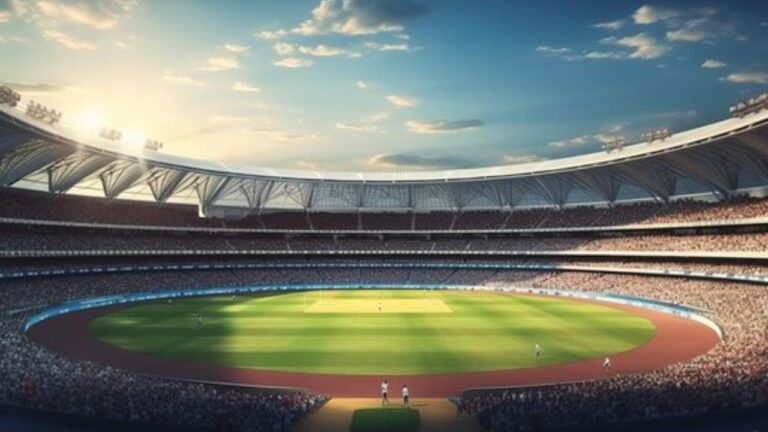
After years of fans and people around the game alike advocating for it, the automated ball-strike system was implemented in big league Spring Training this year. That was widely believed to portend its arrival in the majors, which MLB commissioner Rob Manfred all but confirmed in an interview published yesterday where he suggested that the system could be in regular season games as soon as the 2026 season, pending approval from the MLBPA. With that being said, Manfred suggested that the details of how ABS is implemented into the majors could wind up being collectively bargained. If that’s the case, its implementation could be delayed until after the upcoming CBA negotiations following the 2026 season.
During Spring Training, a challenge system was used not unlike the one already utilized in the majors for instant replay on the bases. Each team started the game with two challenges available to them, and would retain their challenge after using it successfully or lose it after using it incorrectly. As noted by Ronald Blum of the Associated Press just before Opening Day, teams challenged 2.6% of called pitches during the spring with just over four challenges per game and a success rate of 52.2% overall. If those numbers were to hold, that would mean the ABS challenge system overturns just two ball-strike calls in the average regular season game.
While official reports on the accuracy of ball-strike calls from MLB umpires are not available, a report published by Boston University’s Mark T. Williams that looked at the issue back in 2019 using data from the 2018 campaign suggested that MLB umpires made 14 incorrect ball-strike calls per game that year. If that figure holds true into today, that would mean that the challenge system overturns less than 15% of incorrect ball-strike calls made. What’s more, Williams’s report suggests that umpires tend to make more mistakes in certain situations, such as calling true balls as strikes in two-strike counts. Despite that, there’s nothing in Blum’s data to suggest that more calls got overturned in those sorts of key situations than usual. While teams challenged 6.9% of full count calls, just 44% of those challenges were correct.
Given the relative lack of impact felt by the presence of the challenge system this spring, it’s easy to wonder if perhaps using a fully automated system that entirely removes umpire discretion from the equation would be preferable. It’s hard to dispute that it would lead to more accurately called games, which could have a far more significant impact on outcomes than the challenge system had during Spring Training. Manfred suggested in yesterday’s interview that umpires themselves would actually prefer a fully automated system to the challenge system currently being used, perhaps because it would avoid putting a spotlight on their mistakes.
On the other hand, it’s open for debate whether or not taking ABS to that level would be truly preferable. Incorrect calls aren’t necessarily innately bad; after all, fans, players, managers, and umpires have worked with a somewhat nebulous definition of the strike zone since the advent of baseball itself. What any individual thinks of as the strike zone is unlikely to be perfectly identical to the zone used in ABS, and that’s supported by the fact that nearly half of challenges made to umpire calls wound up being incorrect. That suggests players aren’t always more in tune with what the true strike zone looks like than umpires are, and a move to fully automated ball-strike calls could be a jarring adjustment for both pitchers and hitters as they adapt to a more accurate but wildly unfamiliar strike zone.
That could be part of why the players, according to Manfred, prefer a challenge system to fully automated ball-strike calls. Another factor in the players’ preference for a challenge system could be how full ABS would change the catcher position. Pitch framing has long been a key aspect of catcher defense behind the plate, and it’s become even more focused upon over the past decade. Players with elite framing skills like Jeff Mathis and Austin Hedges have managed to make careers out of their ability to steal strikes for their pitchers over the years, but a fully automated strike zone cannot be influenced by pitch framing.
A challenge system, meanwhile, still allows them to use their framing prowess to convince umpires (as well as a hitter considering a challenge) that a true ball was a strike. It even adds another level of intrigue to the catcher position, as Blum notes that catchers had the highest success rate when challenging ball-strike calls this spring. Catchers successfully overturned 56% of challenged ball-strike calls, compared to exactly 50% for hitters and just 41% for pitchers. Given the wide disparity between catchers and pitchers in terms of success rate at challenge ball-strike calls, it wouldn’t be a surprise to see most clubs have their catchers handle the majority of ball-strike calls when on defense under a challenge system.
How do MLBTR readers think the implementation of ABS should be handled? Should the league stick with the challenge system used in Spring Training despite its relatively low impact, or go to a fully-automated system despite potential player objections? Or perhaps you believe that ABS shouldn’t be used in the majors at all? Have your say in the poll below:






